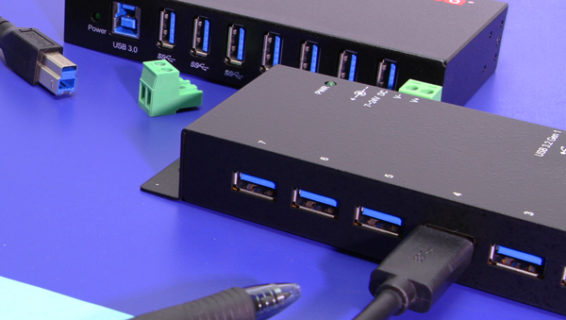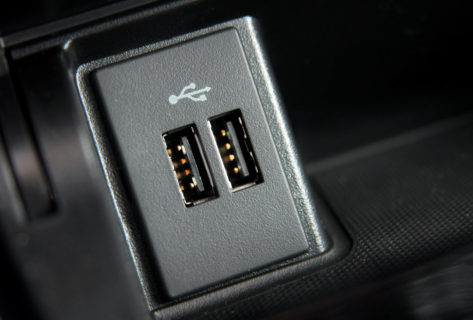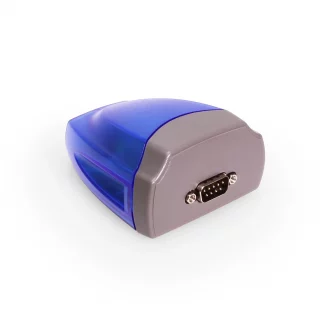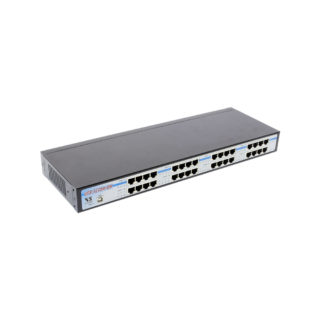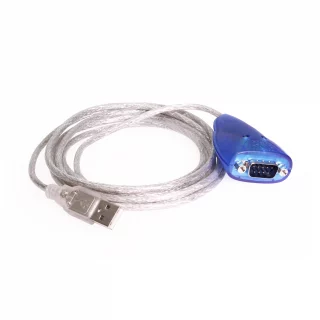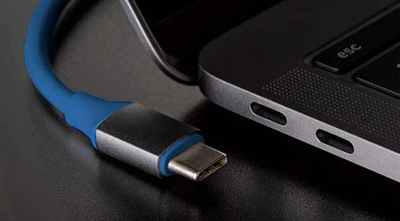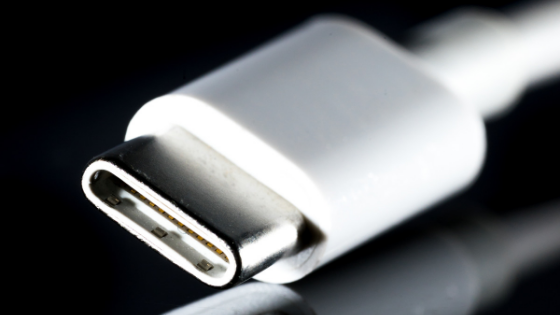Just as USB 3.2 products are coming out, the next generation is on its way. USB4 was announced in March 2019, and the USB4 specification became available in August. Note that it’s “USB4,” not “USB 4.0.” It must be following the trend of names like HTML5.
Products supporting the new version will offer more speed than ever, doubling the bit rate of USB 3.2. To get that speed, you’ll need a cable rated for it. It will have to use a Type-C connector; support for the old Type-A connector is gone.
The evolution of USB
For a quarter of a century, the USB protocol has been one of the most popular ways to connect devices. Its simplicity has helped it to outlast protocols like SCSI and RS-232. The first version appeared in 1995, and it has stressed backward compatibility ever since.
In 2014 the Type-C connector was introduced. It has a smaller profile, making it better suited for thin devices. Also, it’s symmetric and can be plugged in “upside-down” without making a difference. The Type-A connector, following Murphy’s Law, was always the wrong way up on the first try to plug it in.
The newest version which is available on the market is USB 3.2. It was announced in 2017, and devices have become available in 2019.
What’s new in USB4?
The biggest news for USB4 is its convergence with Thunderbolt 3. The specification says that USB4 devices may support Intel’s protocol, which uses the Type-C connector. Support is optional, and the cheapest devices will omit it. Thunderbolt is a proprietary protocol and Intel requires certification, but it doesn’t demand royalties.
USB4 requires a Type-C connector. You’ll be able to connect an older computer to a USB4 device with an adapter, but it will fall back to an older version of the protocol. It isn’t clear at this point whether mini and micro ports will be able to support USB4.
The speed of the new version will double the previous maximum. USB 3.2 Gen2x2 goes up to 20 Gbps, but USB4 will reach 40 Gbps. Achieving this speed will require new cables which are rated for it.
What will you do with all that speed? 20Gbps is plenty for all but the fastest devices. But USB4 supports multiple simultaneous display and data protocols. A USB4 hub will talk to multiple high-speed devices at once at their full speed. Having some older devices in the mix won’t slow it down.
When will it be available?
Before any devices can support USB4, chips have to be available in production quantities. For peripherals to be useful, there have to be computing devices and cables that support it. If any part of the chain isn’t rated for the latest version, communication will fall back to an older one. This makes for a waiting game. Fortunately, some people are eager to adopt leading-edge technology, even if it takes a while to make full use of it.
Some companies have announced development work on USB4 products. The earliest we should expect to see any on the market is the second half of 2020. They’ll probably be widespread before 2021 is over.
What does it mean for engineers?
Product developers have to stay a few steps ahead of currently available technology. The time to start planning for USB4 products is now.
The announcement confirms that Type-A connectors are obsolescent. New computers will all support Type-C to connect to peripherals.
It doesn’t make sense, in the near term, for every device to support USB4. Sticking with older versions will provide plenty of speed for most purposes. Initially, computers and hubs will get the most advantage out of the increased speed and parallelism. Over time, the cost of USB4 will go down and it will become the de-facto standard. By the time that happens, USB5 will undoubtedly be on the horizon.
As new USB products become available, Coolgear will have them. Get in touch with us to learn about all our latest offerings.



